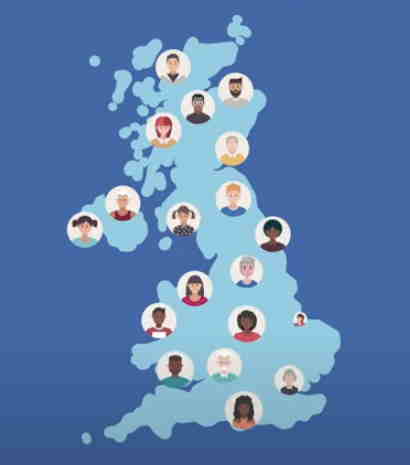High-profile autism genetics project paused amid backlash
By Katharine Sanderson,
Nature
| 09. 27. 2021
A large, UK-based study of genetics and autism spectrum disorder (ASD) has been suspended, following criticism that it failed to properly consult the autism community about the goals of the research. Concerns about the study include fears that its data could potentially be misused by other researchers seeking to ‘cure’ or eradicate ASD.
The Spectrum 10K study is led by Simon Baron-Cohen, director of the Autism Research Centre (ARC) at the University of Cambridge, UK. The £3-million (US$4-million) project, which is funded by the London-based biomedical funding charity Wellcome, is the largest genetic study of ASD in the United Kingdom. It aims to collect DNA samples, together with information on participants’ mental and physical health, from 10,000 autistic people and their families. This will be used to study the genetic and environmental contributions to ASD, and to co-occurring conditions such as epilepsy and gut-health problems. “If we can understand why these co-occurring conditions are more frequent in autistic people, that could open the door to treatment or management of very distressing symptoms,” says Baron-Cohen.
But soon after the study’s high-profile...
Related Articles
By Pam Belluck and Carl Zimmer, The New York Times | 11.19.2025
Gene-editing therapies offer great hope for treating rare diseases, but they face big hurdles: the tremendous time and resources involved in devising a treatment that might only apply to a small number of patients.
A study published on Wednesday...
By Emily Glazer, Katherine Long, Amy Dockser Marcus, The Wall Street Journal | 11.08.2025
For months, a small company in San Francisco has been pursuing a secretive project: the birth of a genetically engineered baby.
Backed by OpenAI chief executive Sam Altman and his husband, along with Coinbase co-founder and CEO Brian Armstrong, the startup—called...
By Jessica Hamzelou, MIT Technology Review | 11.07.2025
This week, we heard that Tom Brady had his dog cloned. The former quarterback revealed that his Junie is actually a clone of Lua, a pit bull mix that died in 2023.
Brady’s announcement follows those of celebrities like Paris...
By Emily Mullin, Wired | 10.30.2025
In 2018, Chinese scientist He Jiankui shocked the world when he revealed that he had created the first gene-edited babies. Using Crispr, he tweaked the genes of three human embryos in an attempt to make them immune to HIV and...




